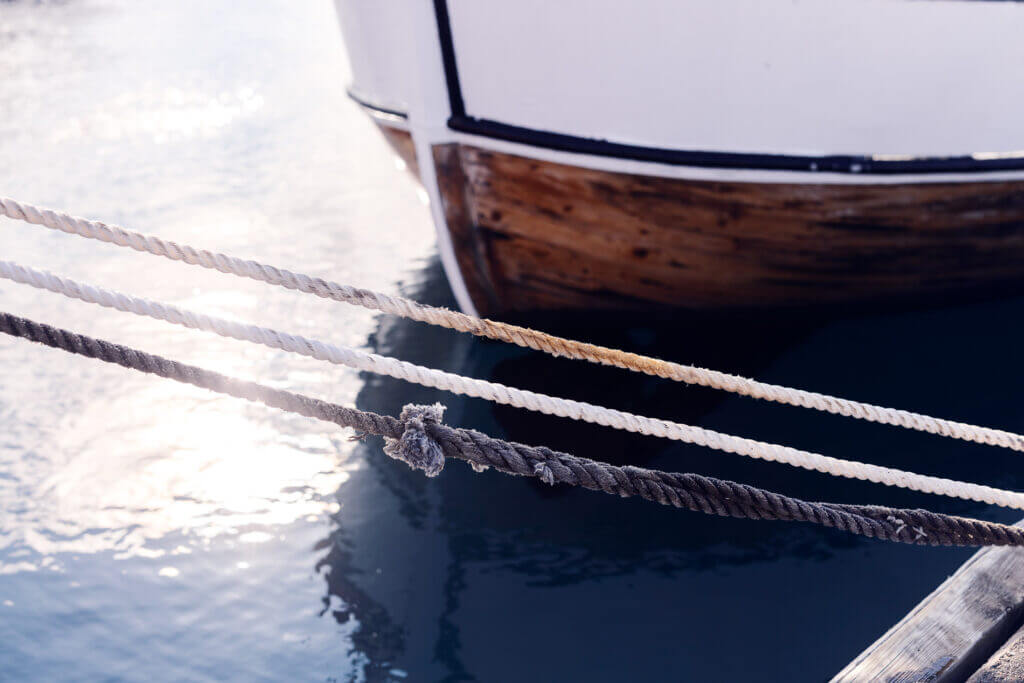UiT - The Arctic University of Norway
WP2 Lead: Jan Erik Henriksen , prof. UiT
jan.e.henriksen@uit.no
WP2 Lead: Ida M. Hydle, prof. UiT
ida.m.hydle@uit.no
Human-species-ecosystem interdependencies in changing Arctic coastal regions
Overview & Objectives
WP2 aims to asses observed changes in human-species and ecosystem interactions with different knowledge holders in the Varanger Fjord and the Porsanger Fjord, assess current management approaches for red king crab, pink salmon, and seals, revitalize Sámi Indigenous Knowledge and cultural connection to seal, and facilitate and strengthen pan-Arctic Indigenous and local connections and knowledge exchange on marine environment. WP2 will trace common and diverging interests, dynamics, level of acceptances on a local level, and assess current marine and coastal resource management and governance using a multi-stakeholder approach.
Engage with different knowledge holders in the Varanger Fjord and the Porsanger Fjord and collectively document and assess historical and current human – red king crab – pink salmon – seal interactions with emphasis on language, culture, identity, economy, food security, one health.
Asses observed changes in human species and ecosystem interactions;
Assess current management approaches for red king crab, pink salmon, and seals.

Engage with different knowledge holders in the Varanger Fjord and the Porsanger Fjord and collectively document and assess historical and current human – red king crab – pink salmon – seal interactions with emphasis on language, culture, identity, economy, food security, one health.
Asses observed changes in human species and ecosystem interactions;
Assess current management approaches for red king crab, pink salmon, and seals.
Activities & Relational Methods
Task 1: Assess human-(invasive)species-environment-interactions, current environmental management and governance practices in the Varanger fjord, with focus on red king crab and pink salmon. Analyse historical and current interactions between humans and red king crab and pink salmon in the Varanger Fjord socio-ecosystem with a focus on local knowledge, values, attitudes, and local use practices and tracing common and diverging interests, dynamics, level of acceptances on a local level, and the embedded narratives of climate change impacts, and adaptations measures. Map and assess current marine and coastal resource management and governance using a multi-stakeholder approach (including local fishing organizations, researchers, governmental bodies, e.g., the Norwegian Ministry of Fish, Industry and Trade, Ministry of Climate and Environment, Directorate of Fisheries, Norwegian Environment Agency, Sámi Parliament).
Task 2: Assess humanseal interactions in the Porsanger fjord, with focus on seal-related toponyms and terminology (Lead: Saami Council Contributors: Mearrasiida center, months: 1-6): Document and analyze seal-related knowledge associated with seal terminology and place-names (toponyms) in the Porsanger Fjord utilizing archives and historical documents. Develop a seal terminology dictionary also available online in the open access Sámi Korpus language database run by UiT as a means to strengthen intergenerational knowledge transfer and provide insights for seal management in the Varanger Fjord based on results from the Porsanger Fjord.
Task 3: Develop and implement training courses on sustainable seal practices. Course for transfer of knowledge on seal:
A. Sustainable and ethical hunting: Strengthen and revitalize the coastal Sámi seal hunting traditions.
B. Preserving food and material resources: revitalize knowledge on how to utilize the whole seal (for food, handicraft etc.).
C. Cooking: Revitalize and strengthen knowledge about making food of seal meat and intestines.
D. Ávnnasteapmi (collecting and preparing the materials) Strengthen and revitalize the knowledge and skills on how to prepare and conserve materials from seal.
E. Duddjon (crafting): Strengthen and revitalize duddjon traditions with materials from seal.
Task 4: North-to-North knowledge exchange and capacity building on human-red king crab pink salmon interactions. North-to-North exchange with Indigenous communities in Alaska, and Indigenous representatives from Bering Strait and Barents Sea to better understand human coexistence with pink salmon and red king crab.
Task 5: Sápmi – Kalaallit Nunaat exchange on seal and seal-related knowledge of knowledge between Sámi and Kalaallit Inuit knowledge holders focusing on utilizing seal resources, including workshops on sustainable Inuit seal hunting and processing techniques, material and handicraft knowledge and socio-economic opportunities.
Expected Outcomes & Impact
Policy brief with key findings on holistic understanding on the human interactions and relational dynamics with king crab and pink salmon and its evolution in coastal Sámi community/Varanger fjord. Report is accompanied by audio-visual formats (i.e., digital storytelling online gallery, photo voice wall)
A dictionary of seal terminology and associated place-names will be compiled and made available to Sámi kindergartens, schools and other language centers and institutions. It will also be digitized, accessible through the Sámi Korpus platform. This Sámi language database contributes to the advancement of Sámi language technology, developed by UiT, and has open access.
Personnel
Research Areas
Click each place to read more
Varanger is a vital Birgejupmi site facing climate, ecological, and green transition challenges. It supports Sámi marine knowledge, inclusive governance, and local empowerment through Indigenous-led resilience efforts.
Porsáŋgu/Porsanger is a key Birgejupmi site facing climate-driven ecological shifts. With Mearrasiida as a knowledge hub, the community revitalizes seal practices through workshops, supporting Sámi traditions, resilience, and sustainable coastal stewardship.